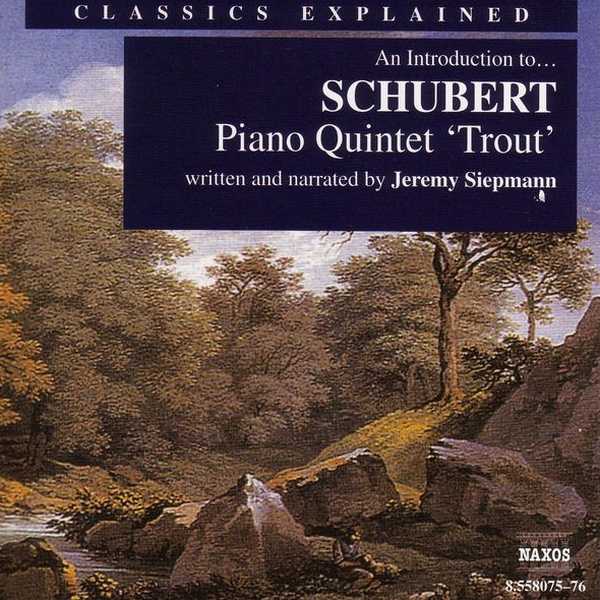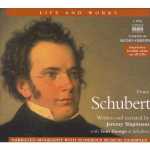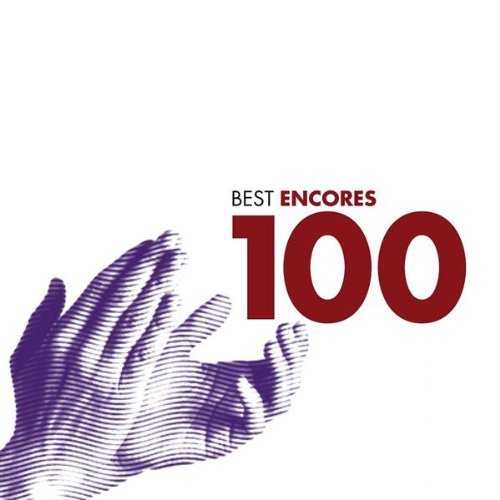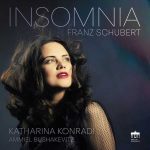
Composer: Franz Peter Schubert
Performer: Jeremy Siepmann
Number of Discs: 2
Format: FLAC (tracks)
Label: Naxos
Catalogue: 8558075-76
Release: 2002
Size: 455 MB
Recovery: +3%
Scan: yes
CD 01
01. Introduction, origins
02. Imagery, analogy and the shape of the things to come; the opening flourish
03. The unusual presence of the double-bass
04. A palette of tone colours and the emergence of a theme
05. Trouble getting off the ground, but the key is not in doubt.
06. Jumping the queue: Schubert takes a lesson from Mozart.
07. Mozart demonstrates a traditional transition.
08. Destination clarified
09. Mozart confirms our arrival.
10. A Schubertian shocker from a later work
11. Rejoining the ‘Trout’, with a reminder
12. The piano joins the strings with yet a third variant of the theme.
13. A rhythmic motto: the ‘triplet motif’
14. We get it here.
15. We get it there.
16. We find it everywhere, even in the double-bass.
17. The strings’ answer to the piano’s opening flourish
18. The two-part structure of the ‘answering motif’…
19. …but scarcely ever the same way twice
20. The piano and strings now share the material for the first time.
21. Conversation as the first principle of chamber music
22. Opening (introductory) section heard complete
23. The violin and double-bass in partnership
24. The violin and piano swap roles.
25. Transition to second main theme; triplets now everywhere
26. On the threshold of the new theme
27. Second main theme (a ‘love duet’), shared by cello and viola
28. The abandonment of octaves in the piano changes the tone colour.
29. A surprising change of tone and a premonition
30. A return to lyricism, but the cello jumps the gun
31. A buoyant, skipping new theme is given to the solo piano.
32. Re-entry of the strings as the violin takes up the new theme
33. A transitional theme, and another Schubertian key-jump
34. We sense the imminent arrival of the closing theme.
35. A sudden, hushed key-change introduces part two of the closing theme.
36. The exposition comes to an end.
37. Cue to complete exposition
38. Music: exposition complete
39. Introduction to the development; the genetic code of ‘key’
40. The contrasting aural properties of piano and violin
41. The ponderous double-bass is featured in the first main theme
42. The strings are liberated from servitude, but are a long way from home.
43. A joyful conversation and a change of pace in the piano
44. The piano takes the melodic lead again.
45. A conversation between violin and piano leads to the exposition…
46. …but Schubert gets it ‘wrong’.
47. Music: first movement (complete)
48. Introduction to second movement
49. The violin now takes theme one.
50. The piano regains the theme.
51. The violin and piano round off first section with the new ‘closing’ theme.
52. A Major change of tone: a passing cloud and a dark new key
53. The piano abandons its octaves, but not its triplets, in the new ‘Hungarian’ theme.
54. The sun returns with a new theme, in two contrasting parts.
55. An evaporating dialogue between violin and piano
56. A Major mood change as twilight falls
57. Cue to whole movement
58. Music: second movement (complete)
CD 02
01. Introduction to the Scherzo – and a clear four-bar phrase…
02. …’answered’ by two two-bar phrases
03. A disconcerting ‘echo’
04. Expectation, frustration and surprise
05. The phrase length exands from nine to fourteen bars
06. The beginning of the second half…
07. …or should it go from G Minor to D Major?
08. Doubts are sown as the tonality becomes elusive.
09. A varied reprise of part one, and the end of the Scherzo proper
10. A conversational start to the Trio section
11. Another Schubertian phrase extension
12. Two overlapping phrases add up to a single theme.
13. The piano adds a third phrase to the overlap.
14. The overlaps continue as the key drifts downwads
15. Another Schubertian key-jump, now to B flat
16. A dramatic transformation of mood
17. Awakening from a dream: the main theme’s return
18. Cue to complete Scherzo
19. Music: third movement (complete)
20. Enter the trout, at last; a meeting with the original
21. Music: ‘Die Forelle’
22. Back to the Quintet: the strings, headed by the violin, introduce the theme.
23. The first variation
24. The second variation
25. The third variation
26. The fourth variation, part one
27. The fourth variation, part two
28. The fifth variation
29. The final variation, part one: violin and piano alone introduce the theme
30. The final variation, part two: the cello takes the tune.
31. The final variation, part three: piano and violin return as a duo…
32. The final variation, part four: …as do the viola and cello.
33. The final variation, part five: the entire ensemble is reunited.
34. Music: fourth movement (complete)
35. Introduction to the finale: Schubert as wizard of repetition
36. Easily overlooked: the accompaniment from cello and double-bass
37. Contrasts of timbre and register
38. A repetition, and yet not a repetition
39. A journey begun; the phenomenon of musical gravity
40. The journey completed
41. The source of musical gravity
42. Music: saint-saens – The Carnival of the Animals ‘The Pianists’
43. A scale of shifting tensions
44. Music: Beethoven, Symphony No. 1 (Finale)
45. Back to Schubert
46. The piano embellishes a scalewise descent.
47. A retrospective moment
48. Repetition more apparent then real
49. A taste of phrase rhythm
50. Shifting patterns of accentuation
51. The section reviewed
52. An increasingly sophisticated texture as parts interact
53. More phrase rhythm
54. A repetition from the strings…
55. …and an answer from the piano
56. In transition to the secondary key
57. The origin of the second theme
58. The second main theme
59. The closing section begins, with a question answered.
60. The question repeated, a slightly differnet answer
61. First theme of closing section reviewed
62. Remembrance of things past
63. The piano and strings argue over the harmony.
64. Emergence of the final theme
65. An unexpected thunderstorm
66. The sound of silence
67. Cue to complete Finale
68. Music: Finale (Complete)



